About us
IDN Global News
UN, EU, Experts Hail Outcome of Inter-Korean Talks, Call For Availing of Peace Opportunities
By Ramesh Jaura
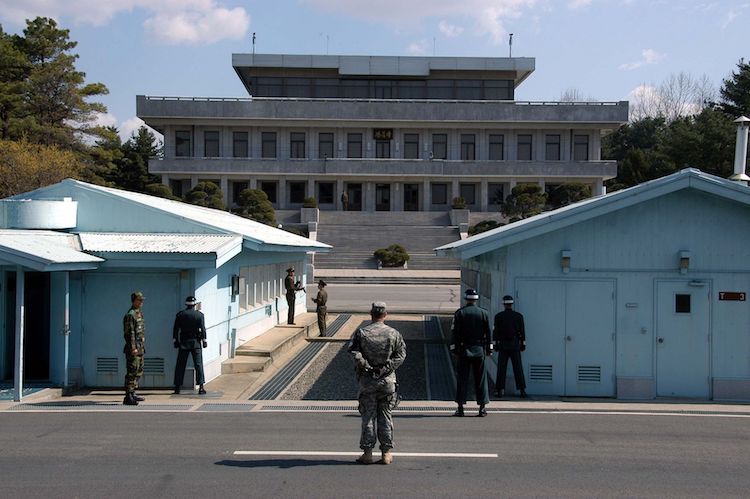
BERLIN (IDN) – The United Nations and the European Union as well as independent arms control experts have welcomed the results of latest talks between South and North Korea, and called for seizing the opportunities opening up for peace in the region and for reducing international tensions.
The significance of emerging prospects is underlined by the fact that though the Korean War ended in 1953, in the absence of a peace treaty the two Koreas are technically still at war. As The New York Times notes, in the United States where coverage of the armed conflict was censored and its memory decades later is often overshadowed by World War II and the Vietnam War, the Korean War has been called “the Forgotten War”.
Mixed Reactions To Inter-Korean Accord
By Yonhap News Agency
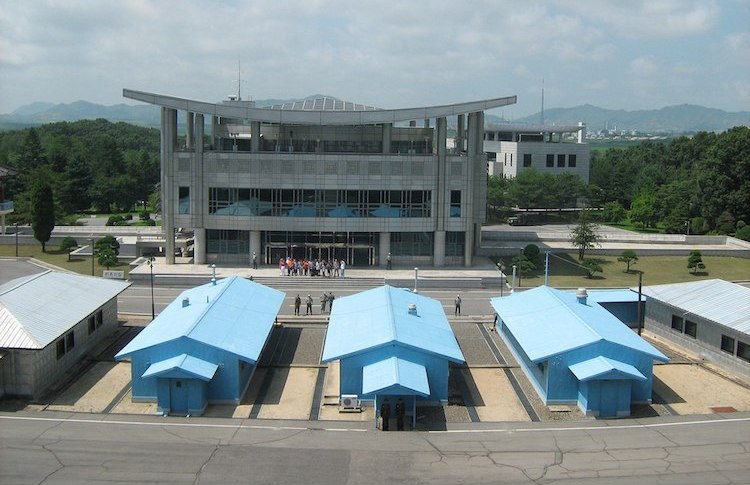
This report was carried by the South Korean news agency on March 6 (local time: 23.38) and is being reproduced to give a glimpse into how the current development on the Korean peninsula is viewed in the Republic of Korea. – The Editor
SEOUL (IDN-INPS) – South Korean political parties on March 6 demonstrated mixed reactions to the results of the high-stakes visit to North Korea by President Moon Jae-in’s special envoys, which included an agreement to hold a cross-border summit next month.
Mixed Reactions To Inter-Korean AccordRead More »
Nuclear Deterrence Policy Gathering Steam in India
By Sudha Ramachandran
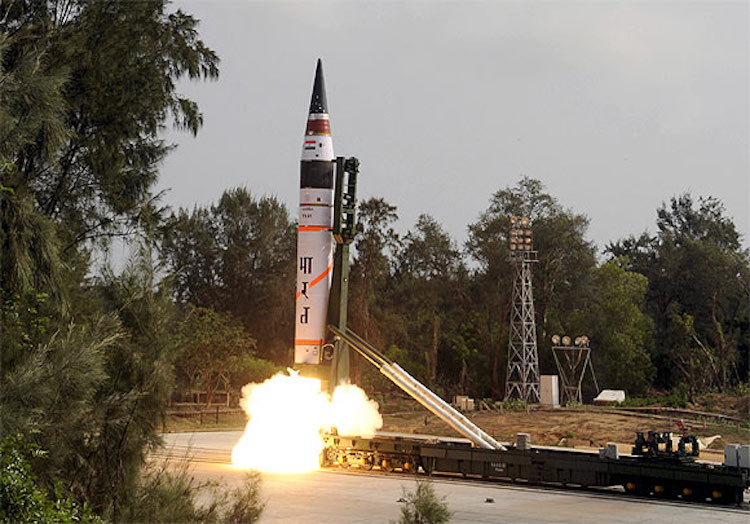
BANGALORE (IDN) – “Though India is a reluctant nuclear power, nuclear deterrence will continue to play a crucial role in India’s national security strategy over the next few decades,” says Brigadier Gurmeet Kanwal, Distinguished Fellow at India’s Institute for Defence Studies and Analyses (IDSA).
In his recent book ‘Sharpening the Arsenal: India’s Evolving Nuclear Deterrence Policy’, he explains the reason: “Only when India’s adversaries are convinced that India has both the necessary political and military will and the hardware to respond to a nuclear strike with punitive retaliation that will inflict unacceptable loss of human life and unprecedented material damage, will they be deterred.” [P 40] ARABIC | BAHASA | GERMAN | HINDI | JAPANESE TEXT VERSON PDF | MALAY | THAI
Nuclear Deterrence Policy Gathering Steam in IndiaRead More »
Kazakhstan Signs Ban Treaty After Security Council Debut
By J Nastranis
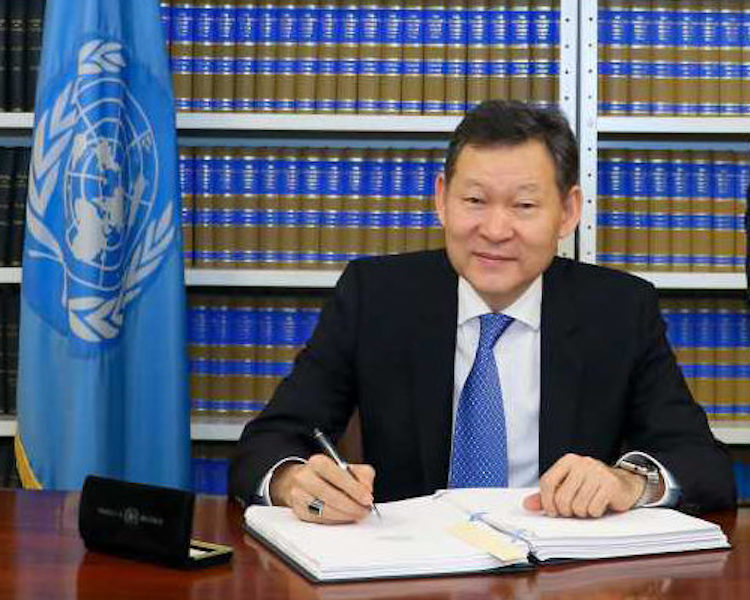
UNITED NATIONS (IDN) – Kazakhstan, known as an active and staunch supporter of a world free of nuclear weapons, became 57th country to sign the Treaty on the Prohibition of Nuclear Weapons on March 2.
The Treaty, which opened for signature on September 20, 2017, will remain open indefinitely. It will enter into force 90 days after 50 nations have ratified or acceded to it. Until now, five states have ratified the Treaty: Guyana, Holy See and Thailand on September 20, 2017 immediately after signing. They were followed by Mexico on January 16 and Cuba on January 30.
Kazakhstan Signs Ban Treaty After Security Council DebutRead More »
Striving to Build a Broader Support for the Nuclear Ban Treaty
By Ramesh Jaura
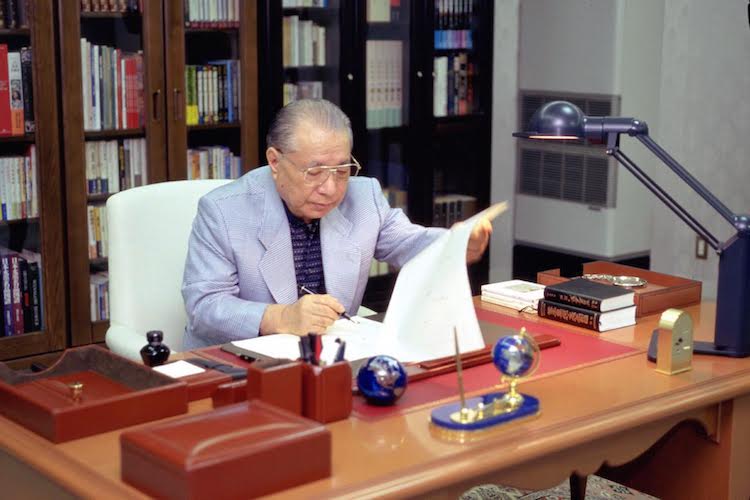
BERLIN | TOKYO (IDN) – The second session of the Preparatory Committee for the 2020 NPT Review Conference in April and the UN High-Level Conference on Nuclear Disarmament in May will draw the focus of the international community in the coming weeks as it moves toward paving the way for a nuclear-weapons free world.
Since the Treaty on the Prohibition of Nuclear Weapons (TPNW) was adopted in July 2017, “these will be the first venues for debate and deliberation that will include both the nuclear-weapon and nuclear-dependent states,” says eminent Buddhist philosopher Daisaku Ikeda, founder and President of Soka Gakkai International (SGI) with 12 million members in 192 countries and regions. [P 39] JAPANESE TEXT VERSON PDF
Striving to Build a Broader Support for the Nuclear Ban TreatyRead More »
Trump Breaks Nuclear Taboos, Strives For Supremacy
By Daryl G. Kimball and Kingston A. Reif
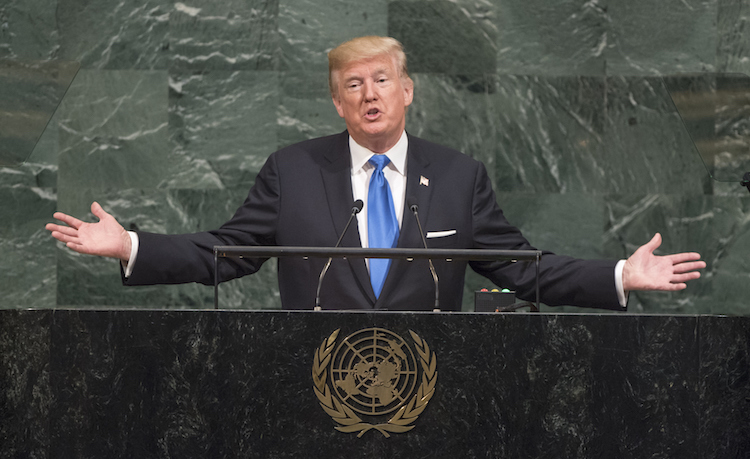
Daryl G. Kimball is Executive Director of the Arms Control Association and Kingston A. Reif its Director for Disarmament and Threat Reduction Policy. This article appeared as Issue Brief on February 15, 2018 with the caption ‘The New U.S. Nuclear Strategy is Flawed and Dangerous. Here’s Why.’ It is being reproduced with permission from the Association. – The Editor.
WASHINGTON, D.C. (IDN-INPS) – In December 2016, President Donald Trump tweeted that the United States “must greatly strengthen and expand its nuclear capability” and later told MSNBC that he would “outmatch” and “outlast” other potential competitors in a nuclear arms race. The comments mostly prompted condemnation in the United States and around the world and raised concerns about the direction the president would take U.S. nuclear weapons policy.
Those concerns, it turns out, were well justified.
Trump Breaks Nuclear Taboos, Strives For SupremacyRead More »
From Tlatelolco to the UN Nuclear Weapon Ban Treaty
Viewpoint by Jorge Alberto López Lechuga
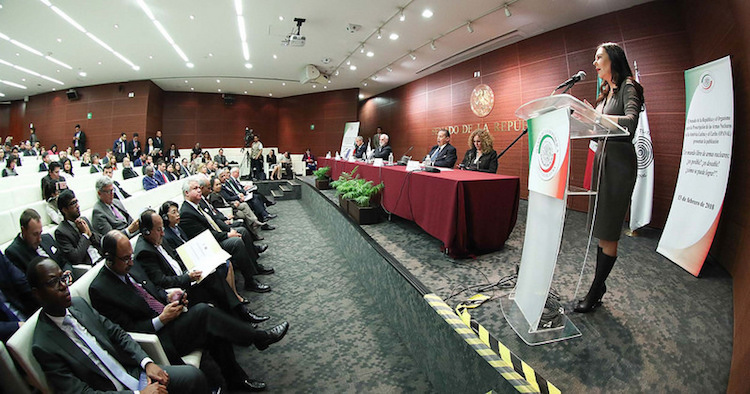
Jorge Alberto López Lechuga is Research and Communication Officer of the Agency for the Prohibition of Nuclear Weapons in Latin America and the Caribbean (OPANAL). The views expressed in this article do not necessarily reflect those of OPANAL and its Member States. – The Editor
MEXICO (IDN) – On February 2, the Government of the U.S. published the 2018 Nuclear Posture Review (NPR), which includes the strategy to increase the role of nuclear weapons in national security. The NPR considers the need to double the military budget from 3% to 6.4% in order to modernize the U.S. arsenal. [P 38] ITALIAN | JAPANESE TEXT VERSON PDF | NORWEGIAN | PORTUGUESE | SPANISH
From Tlatelolco to the UN Nuclear Weapon Ban TreatyRead More »
Transforming Risks on the Korean Peninsula into Stable Peace in Northeast Asia
By Katsuhiro Asagiri
TOKYO (IDN) – ‘Building Stable Peace in Northeast Asia: Managing and Transforming Risks on the Korean Peninsula’ was the subject of a colloquium in which regional experts on peace and security, policy makers and civil society organizations from the United States, China, South Korea and Japan participated against the backdrop of a volatile situation in the region.
In the run-up to North Korea claiming that it had conducted its first successful test of an intercontinental ballistic missile that can “reach anywhere in the world,” 1995 Nobel Peace Laureate Pugwash Conferences on Science and World Affairs expressed concern in a statement on May 4, 2017 that “the mounting confrontation with North Korea is raising grave dangers.” [P 37] JAPANESE TEXT VERSON PDF | KOREAN TEXT VERSON PDF
Transforming Risks on the Korean Peninsula into Stable Peace in Northeast AsiaRead More »
Kick Off To A Nuclear Race Threatening Doomsday
Viewpont by Sergio Duarte
The writer is President of the 1995 Nobel Peace Laureate Pugwash Conferences on Science and World Affairs and a former Ambassador of Brazil who served in key posts. He was President of the 2005 Seventh Review Conference of the Parties to the Treaty on the Non-Proliferation of Nuclear Weapons (NPT), and UN High Representative for Disarmament Affairs with UNODA, the United Nations Office for Disarmament Affairs (2007-2012). – The Editor
NEW YORK (IDN) – As if by coincidence, almost simultaneously the world learned of the Doomsday Clock moving closer to midnight and of the release of the 2018 Nuclear Posture Review (NPR) by the government of the United States. [P 36] BAHASA | JAPANESE TEXT VERSON PDF | NORWEGIAN | PORTUGUESE | SWEDISH
Kick Off To A Nuclear Race Threatening DoomsdayRead More »
Why ‘Nuclear Weapons – An Absolute Evil’ Is A ‘Must-Read’
By Anne Baring*
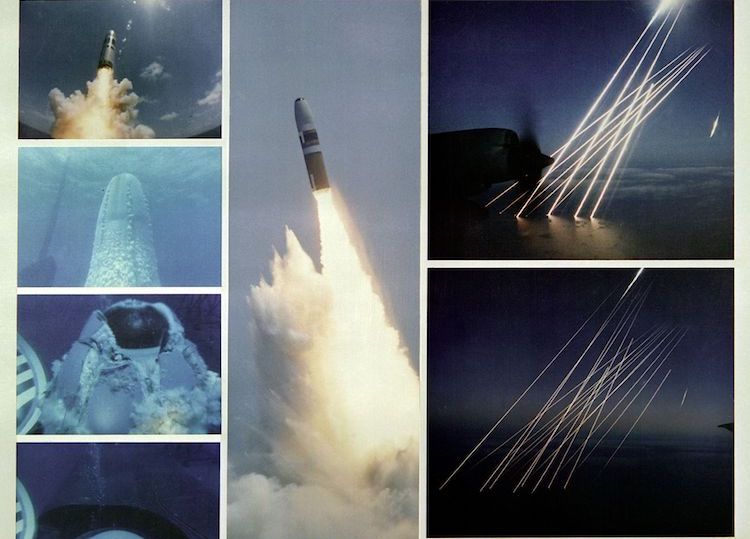
Anne Baring is a Jungian Analyst, author and co-author of the books listed on her website, including her latest one, The Dream of the Cosmos: a Quest for the Soul. She can be contacted at anne@annebaring.com. Prof. Avery’s ‘Nuclear Weapons: An Absolute Evil’ can be downloaded here. – The Editor.
LONDON – The Bulletin of the Atomic Scientists announced on January 5 that they have moved the hands of the Doomsday Clock to two minutes to midnight. A few days before this announcement was made a statement by General Sir Nick Carter appeared in The Times in the United Kingdom: “Our ability to pre-empt or respond to threats will be eroded if we don’t keep up with our adversaries.” (The Times 22/1/2018).
Why ‘Nuclear Weapons – An Absolute Evil’ Is A ‘Must-Read’Read More »
More Articles...
- 1. The Challenge of Nuclear Submarine Proliferation
- 2. Mayors for Peace Say the Danger of Nuclear War Is Real and Growing
- 3. Middle East Nuclear-Weapons-Free Zone, Long Elusive, is Making Progress, say Experts
- 4. Die Eliminierung von Interkontinentalraketen würde die Chancen eines globalen nuklearen Holocaust erheblich verringern
- 5. Elimination of ICBMs Would Greatly Reduce the Chances of a Global Nuclear Holocaust
Search
Newsletter
Report & Newsletter
Toward a World Without Nuclear Weapons 2022






